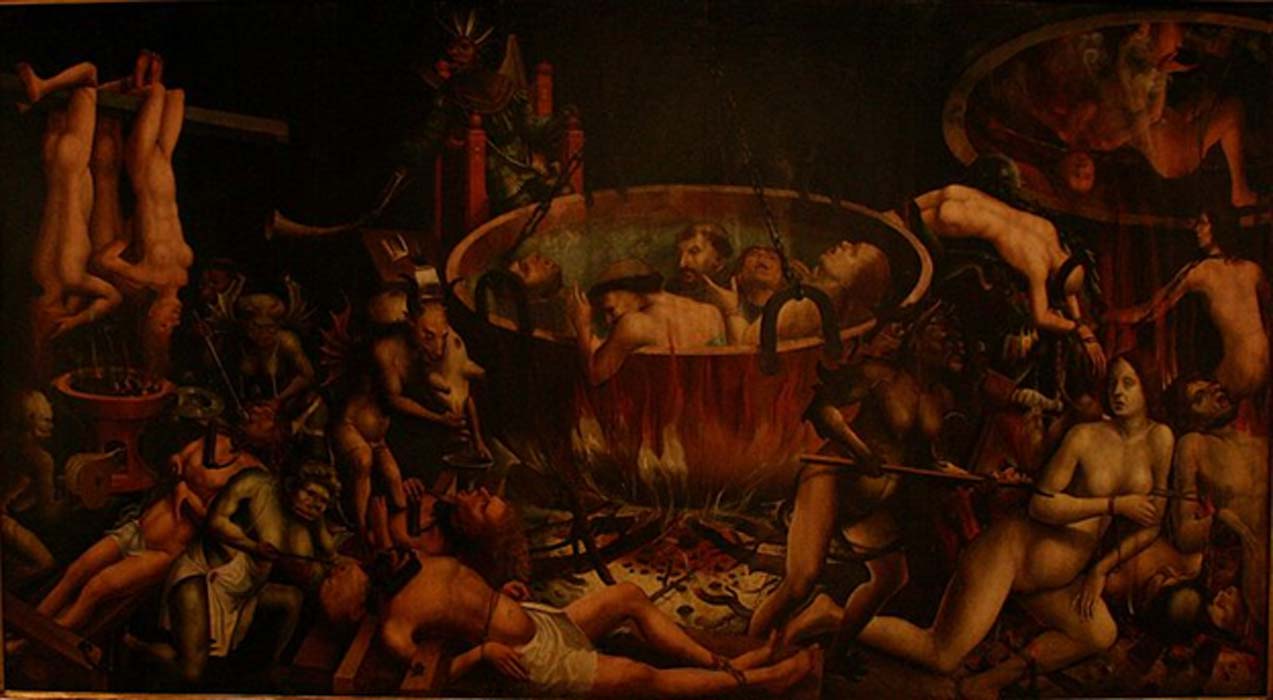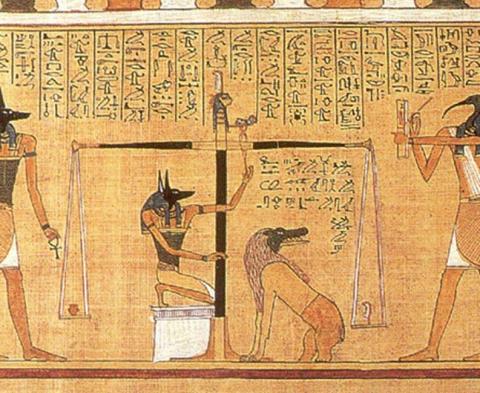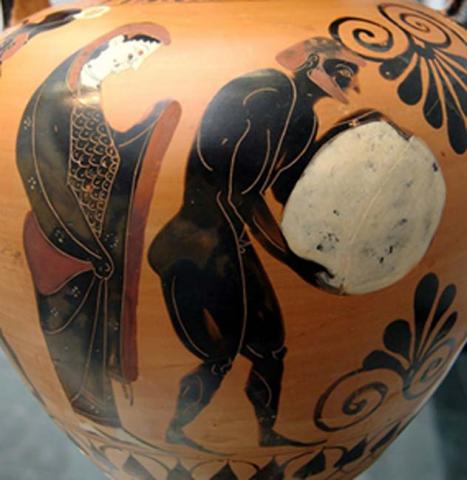
Where on Earth is Hell, Or Is It in Our Minds?
One of the most common fears shared by most humans at some time in their lives, is what will happen to them after they die? Many parents freeze when their children ask this question and avoiding the finality of the cold truth ‘we don’t know’, they offer one of a range of comforting stories generally pivoting around notions of heavenly family reunions, where people and pets are cleared of ailments and brought back to life to live in an eternal state of bliss. Historian Ashley Cowie looks not at the fate of the lucky ones in heaven, but more so at what our ancestors thought of the destination of sinners’ souls - hell.

The Papyrus of Hunefer fated to 1375 BC shows Hunefer's heart being weighed on the scale of Ma’at by the jackal-headed Anubis. The scribe of the gods, the ibis-headed Thoth, records the results and if the heart is lighter than the feather, Hunefer is allowed to pass into the afterlife. If not, he is eaten by the awaiting Ammit (soul eater). (Public Domain).
Mesolithic hunters and Neolithic farmers had conceptions of an afterlife, evident in the discovery of weapons and sacred artifacts which were buried with the dead, for use in the next stage of the soul’s journey. The idea of hell ‘as a place where the dead suffer’ first appears in the ancient Egyptian Book of the Dead written about 1550 BC. Duat, the Egyptian underworld was: “filled with dangerous creatures that attacked souls of the deceased while seeking the justice of Osiris”. Weighing the hearts of the dead on the scales of Ma’at, if Osiris found a soul to be just it went on to the paradise of Aaru; but if unjust, the soul was devoured instantly by a giant soul consuming beast called Ammit, then banished to wander the earth for eternity.
Enter Hades: Ancient Greece’s Notions of Hell
Many scholars maintain that it might have been an Egyptian influence that inspired notions of hell in Greek religion and later in Judaism and Christianity, as a place located somewhere under the earth’s surface. Western afterlife destinations included Heaven, Purgatory, Paradise and Limbo and a core teaching of Christianity is a belief in an afterlife where the virtuous are rewarded in heaven and sinners are punished in hell. It is probable that this tradition finds its origins in ancient Greece, where in mythology Zeus controlled the sky, Poseidon the sea, earth was the province of Gaia and Hades received the underworld. Over time, Hades became a place where the spirits of the dead were ruled over by the god Hades, while evildoers suffered in an even deeper level of hell called Tartarus.
According to Plato's Gorgias (circa 400 BC), like other primal entities (such as the earth, night and time), Tartarus was a primordial force or deity, and the place where souls are judged after death and where the wicked received divine punishment.

Sisyphus being supervised by Persephone, pushing his rock in the Underworld. Side A of an Attic black-figure amphora, circa 530 BC. From Vulci. (Public Domain)
The Hebrew’s Sheol and Christ’s Gehenna
Most specialists agree that by the 4th century BC, just after Alexander the Great conquered Judea, elements of ancient Greek culture began influencing Jewish religious thought and by the time of the first gospels, between 65 and 85 AD, Jesus refers to the Jewish belief in the ‘eternal fire of Gehenna’. Jesus also mentions: “evildoers’ banishment from the kingdom of God,” and references the Greek Hades when describing how the forces of evil - the gates of Hades - would not prevail against the church.
Around the 8th century BC, in the earliest parts of the Hebrew Bible, afterlife was referred to as Sheol and described as: “a shadowy pit in which the souls of all the dead lingered in a state of silence”. By the 6th century BC, Sheol had evolved into a temporary place and the wicked would suffer in Gehenna, described as: “a cursed place of fire and smoke”. This prevailing image of hell was reaffirmed by popes and councils throughout the Middle Ages and hell became perceived as the place where souls of the damned were tortured and suffered unending punishment. This most enduring description of hell was recorded by Italian poet Dante at the beginning of the 14th century, in his Divine Comedy, where the souls of the damned are punished with tortures matching their sins and: “gluttons lie in freezing pools of garbage, while murderers thrash in a river of boiling blood”.





